If you find there is not enough disk space on your Mac or the current macOS performance is not well, you may need to reinstall the Big Sur operating system on your Mac. In some cases, your Mac gets stuck on Apple Logo or you can’t open some folders on your Mac, you also can reinstall the macOS to solve these issues. Whatever, if you want to reinstall macOS Big Sur on your Mac, you’d better make a full backup of your data first. You can back up your Mac data with Time Machine or other Mac disk cloning or backup software. We don’t want to talk more about how to backup your Mac data, in this article, we will focus on how to reinstall macOS Big Sur and how to recover lost data after reinstalling macOS Big Sur.
- Part 1. How to reinstall macOS Big Sur on Mac?
- Part 2. Is it possible to recover lost data after reinstalling macOS Big Sur?
- Part 3. How to permanently erase data before selling a Mac?
Part 1. How to reinstall macOS Big Sur on Mac?
You can use macOS Recovery, the built-in recovery system on your Mac, to reinstall macOS. macOS Recovery keeps your files and user settings intact when reinstalling.
For a Apple silicon (M1) Mac:
On a Mac with Apple silicon: Choose Apple menu > Shut Down, press and hold the power button until you see ‘Loading startup option’, select Options, click Continue, then follow the on-screen instructions.
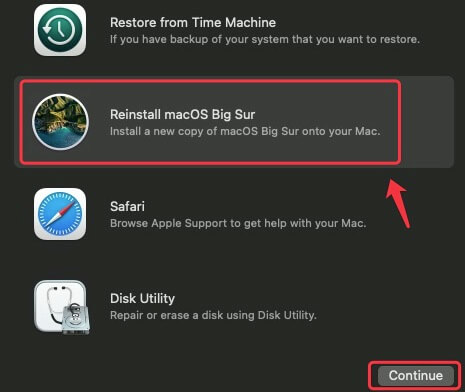
For an Intel-based Mac (T1/T2 Chip Mac):
Choose Apple menu > Restart, then immediately press and hold one of these key combinations, depending on what you want to do, until you see a spinning globe appear:
- Install the latest version of macOS compatible with your computer: Press and hold Option-Command-R.
- Reinstall your computer’s original version of macOS (including available updates): Press and hold Shift-Option-Command-R.
- Reinstall the version of macOS stored on your computer’s built-in recovery disk: Press and hold Command-R.
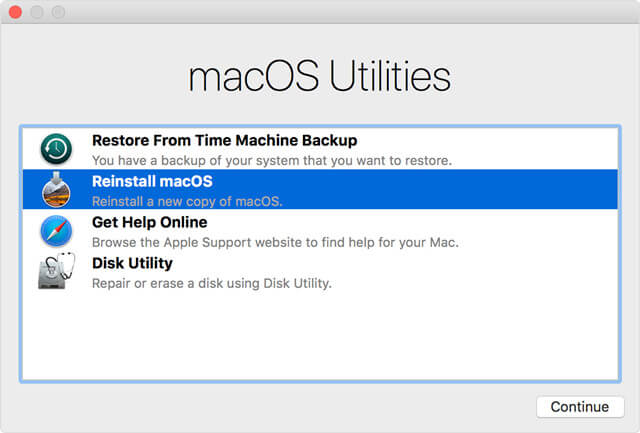
Part 2. Is it possible to recover lost data after reinstalling macOS Big Sur?
When you are installing macOS Big Sur, you may erase the disk. Is it possible to recover lost data after reinstalling macOS Big Sur? Is it possible to recover lost data from a disk which has been erased by Disk Utility. Yes, if you have a data recovery application installed on your Mac, you can run this application to help you recover lost data.
Magoshare Data Recovery for Mac is a powerful, safe and easy-to-use data recovery application. It can help you recover lost data after you reinstall macOS Big Sur on your Mac. Just download it here:
Now, follow the steps below to recover lost data:
Step 1. Run Magoshare Data Recovery for Mac, it will show all hard drives and devices on your Mac. Just select the hard drive where you lose your data.
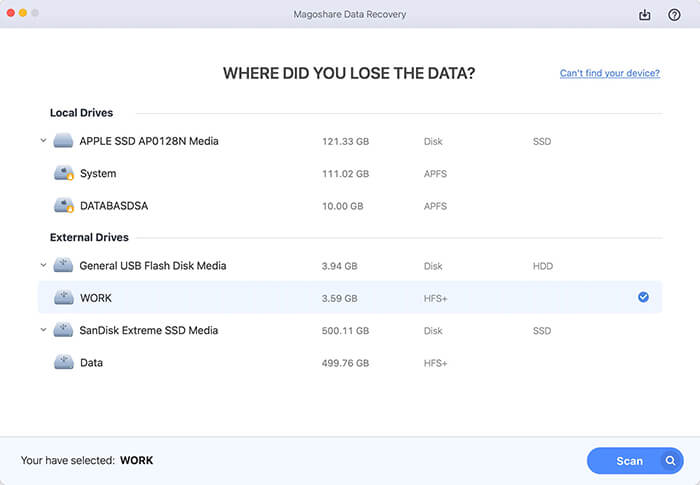
Step 2. Click on Scan button. Magoshare Data Recovery for Mac will deeply scan the hard drive and find every recoverable file.
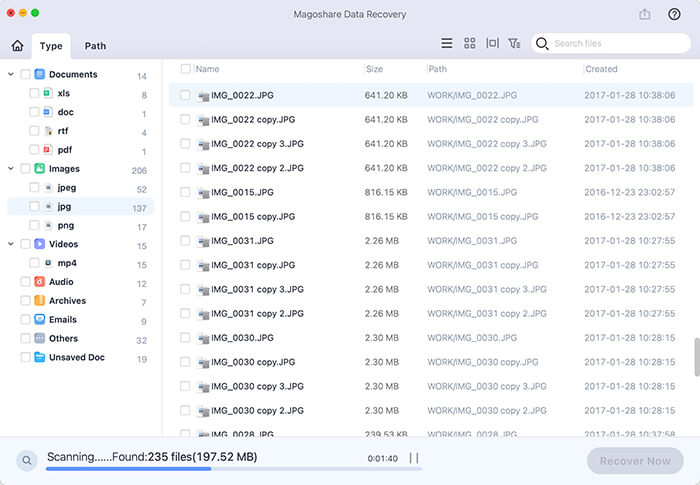
Step 3. After scanning, you can check all recoverable files and preview all of them. Then select the files you want to recover and save them.
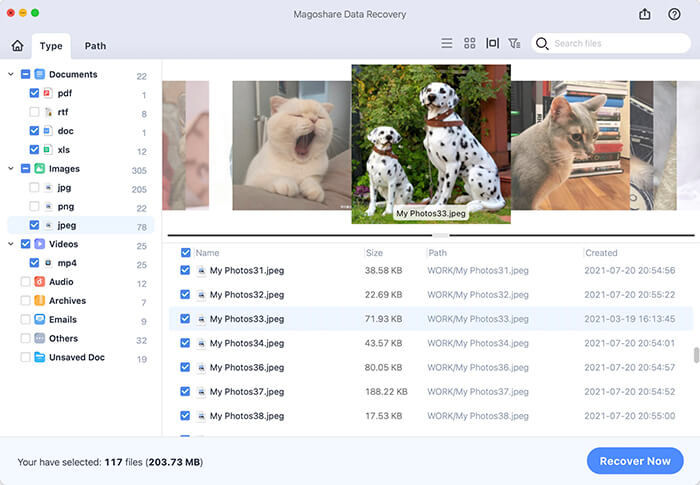
Part 3. How to permanently erase data before selling a Mac?
As you have seen, even you have reinstalled macOS and erase the hard drive with Disk Utility, the lost data still can be recovered by data recovery software. Before you sell or donate your Mac, you should make sure your private data will not be recovered by the next owner. How to permanently erase data from a Mac? Just try data erasure software, such as AweEraser for Mac.
AweEraser for Mac is a advanced data erasure application. It offers military level data erasure standards to help Mac users securely and permanently erase data beyond the scope of data recovery. Once the data on your Mac is erased by AweEraser for Mac, the data will be gone forever, can’t be recovered by any data recovery method (all data and related traces will be erased forever).
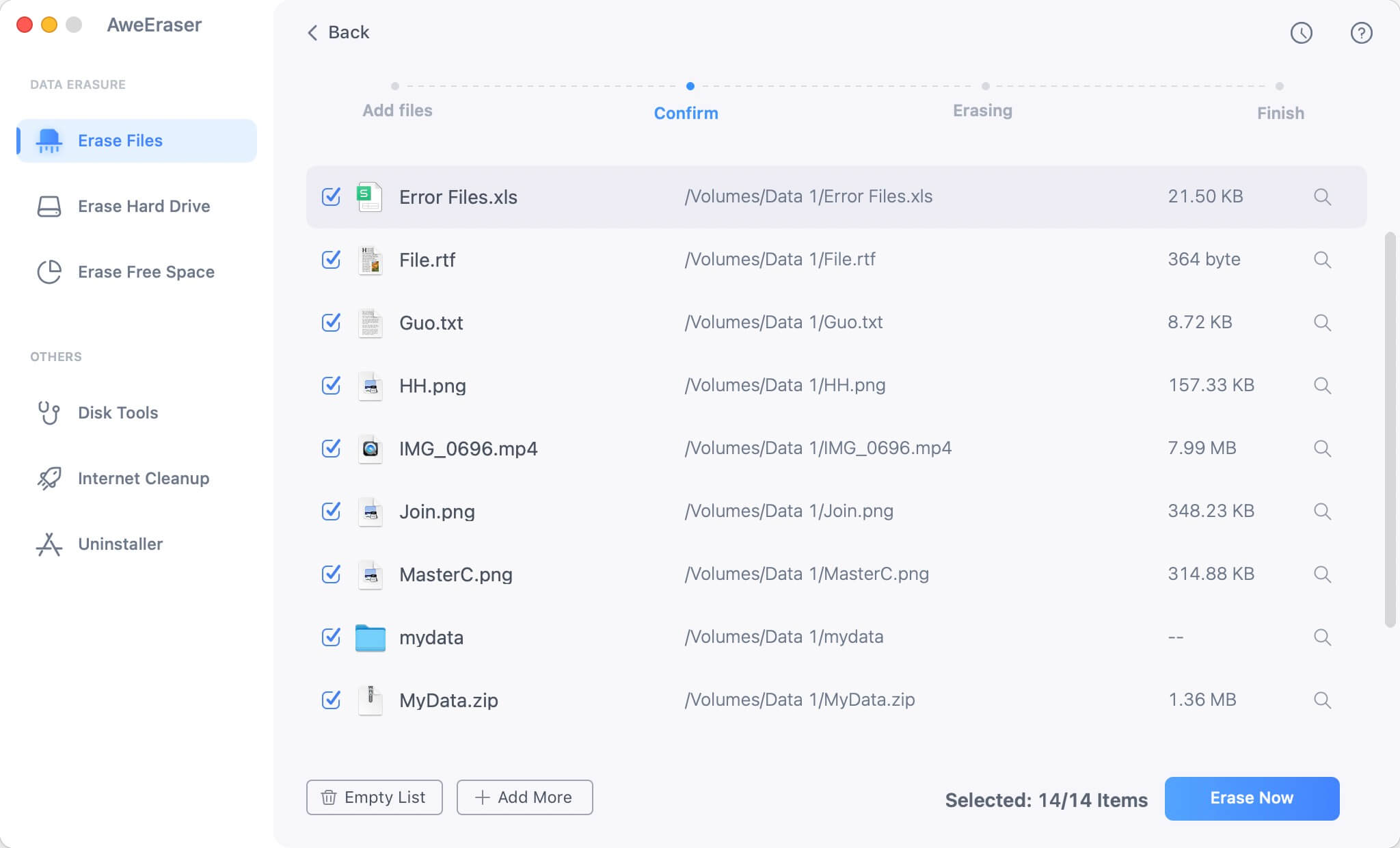
Here is the full guide: how to permanently erase data before selling or donating your Mac computer.


